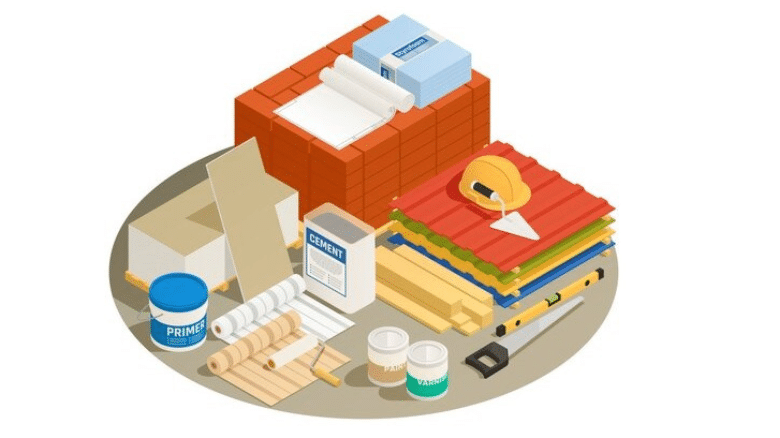Choosing the right building materials is one of the most crucial decisions you'll make when embarking on a construction or renovation project. Each material comes with its own set of advantages and disadvantages that can significantly impact the final outcome. Whether you're a homeowner, builder, contractor, or architect in Hyderabad, understanding the pros and cons of various building materials will help you make informed choices. Let's dive into the nitty-gritty details of what each material has to offer.
The Pros and Cons of Various Building Materials:
When it comes to choosing building materials, you have a plethora of options, each with its own set of merits and drawbacks. The decision isn't always straightforward, as you'll need to weigh various factors such as cost, durability, aesthetics, and environmental impact. Below, we’ll explore some of the most commonly used building materials and their respective advantages and disadvantages.
1.Bricks:
Bricks have been a staple in construction for centuries, and it's easy to see why.
Pros:
- Durability: Bricks are incredibly durable and can withstand harsh weather conditions
- Fire Resistance: Being non-combustible, bricks offer excellent fire resistance
- Aesthetic Appeal: Bricks provide a classic look that can add to the aesthetic value of your building
Cons:
- Cost: Bricks can be expensive, both in terms of material and labour
- Weight: They are heavy, which can increase the load on the foundation
- Time-Consuming: Building with bricks can be time-consuming, as it requires skilled labour
2.Concrete:
Concrete is another popular choice, known for its strength and versatility.
Pros:
- Strength: Concrete is incredibly strong and can support heavy loads
- Versatility: It can be moulded into various shapes and sizes
- Longevity: Concrete structures can last for decades with minimal maintenance
Cons:
- Environmental Impact: The production of concrete is not eco-friendly, contributing to significant CO2 emissions
- Cracking: Concrete can crack over time if not properly maintained
- Aesthetic Limitations: While functional, concrete may not offer the aesthetic appeal that other materials provide
3.Wood:
Wood is often chosen for its natural beauty and ease of use.
Pros:
- Aesthetic Appeal: Wood offers a warm, natural look that is hard to replicate
- Ease of Use: It is relatively easy to work with, allowing for quick construction
- Eco-Friendly: When sourced sustainably, wood is an environmentally friendly option
Cons:
- Maintenance: Wood requires regular maintenance to prevent issues like rot and pest infestations
- Fire Hazard: Wood is highly flammable, posing a fire risk
- Cost: High-quality wood can be expensive
4.Steel:
Steel is renowned for its strength and flexibility.
Pros:
- Strength: Steel is one of the strongest building materials available
- Flexibility: It can be used in a variety of structural applications
- Recyclability: Steel is highly recyclable, making it an eco-friendly option
Cons:
- Cost: Steel can be expensive, especially if used extensively
- Corrosion: It is prone to rust and corrosion if not properly treated
- Thermal Conductivity: Steel can conduct heat, making it less energy-efficient.
5.Glass:
Glass is often used in modern architecture to create a sleek, contemporary look.
Pros:
- Aesthetic Appeal: Glass offers a modern, sleek appearance
- Natural Light: It allows natural light to flood into the building, reducing the need for artificial lighting
- Versatility: Glass can be used in various applications, from windows to entire facades
Cons:
- Cost: High-quality, tempered glass can be expensive
- Fragility: Glass is fragile and can break easily
- Insulation: It provides poor insulation, which can lead to higher energy costs
Summary:
The choice of building materials in Hyderabad significantly impacts the durability, cost, aesthetics, environmental footprint, and maintenance of your construction project. Each material has its own unique set of advantages and disadvantages, and the best choice will depend on your specific needs and circumstances.

